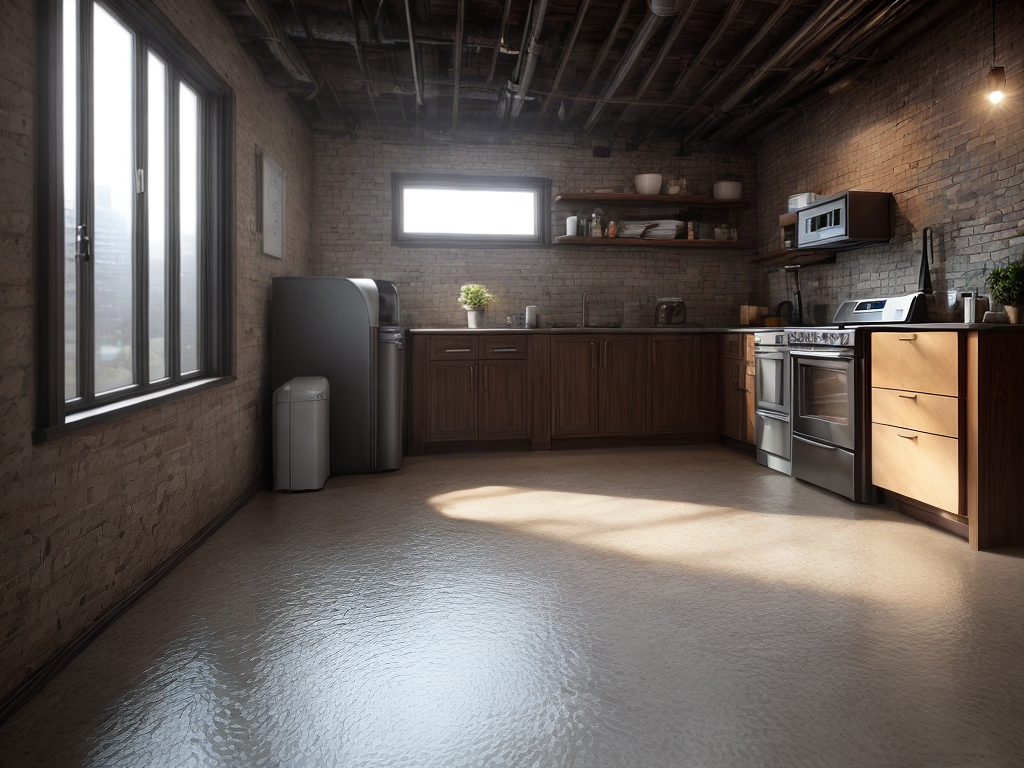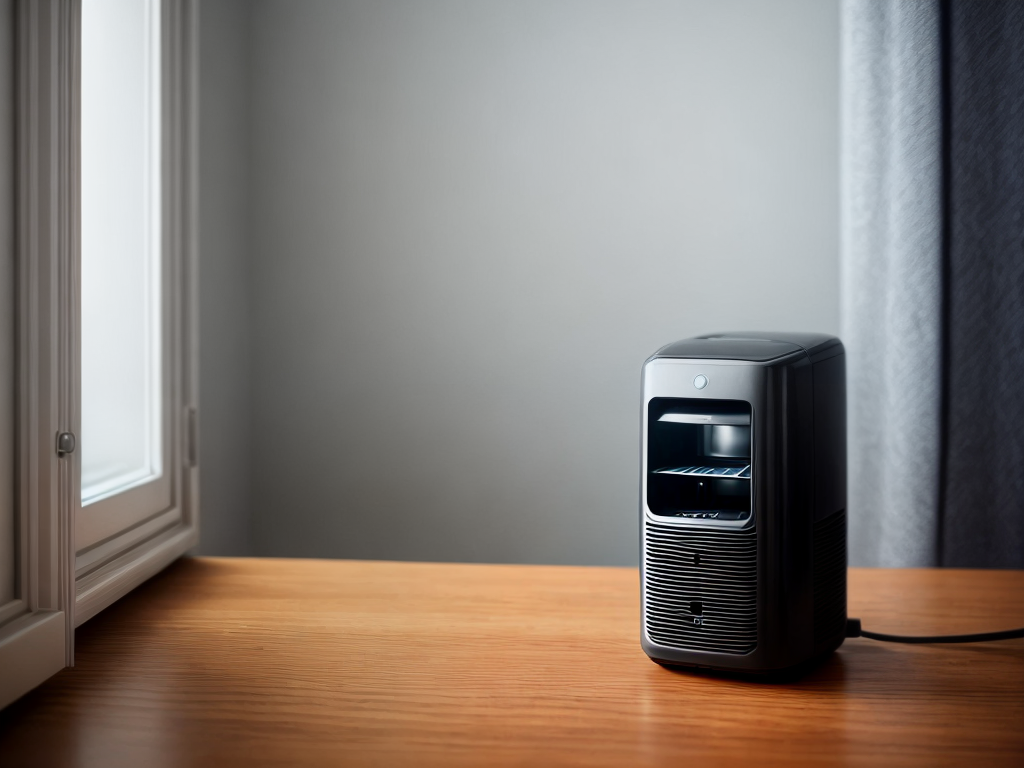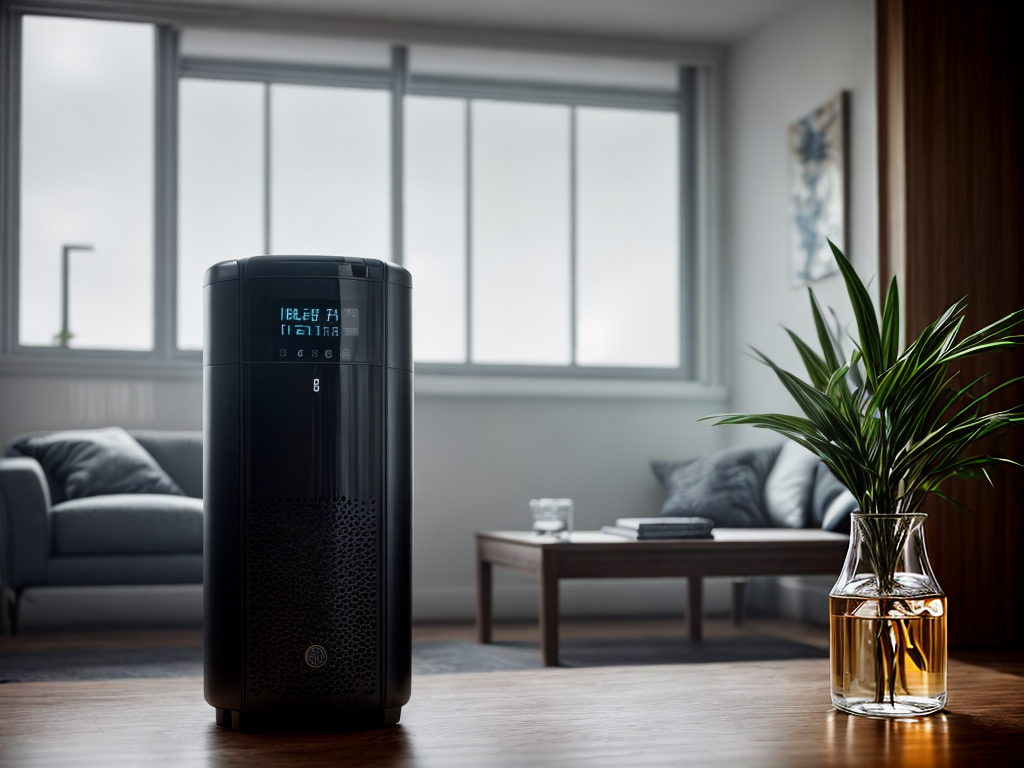
Have you ever wondered why your basement always feels damp and musty, no matter what you do? Well, I’ve got a theory for you: it’s all about the humidity levels. But don’t worry, because in this essential guide, I’m going to walk you through everything you need to know about dehumidifiers for damp basements. From understanding the benefits of using a dehumidifier to exploring the different types available, we’ll cover it all. So, if you’re tired of dealing with that persistent dampness in your basement, keep reading to discover how a dehumidifier can be the solution you’ve been searching for.
Understanding Basement Humidity Levels
Understanding basement humidity levels is crucial for maintaining a dry and comfortable living space. When it comes to humidity control and moisture prevention, knowledge is power. As someone who desires control over their environment, it’s important to understand the impact that humidity can have on your basement and the steps you can take to keep it in check.
Basements are notorious for being damp and prone to moisture issues. Excessive humidity can lead to mold growth, musty odors, and damage to your belongings. By monitoring and controlling the humidity levels in your basement, you can prevent these problems and create a healthier living environment.
A hygrometer is a valuable tool for measuring humidity levels. Aim for a relative humidity of 30-50% to maintain optimal conditions. If you notice higher levels, it’s time to take action. Start by ensuring proper ventilation in your basement. Use fans or open windows to promote air circulation. Additionally, consider investing in a dehumidifier specifically designed for basement use. These units are equipped to handle larger spaces and have features like automatic shut-off and drainage options for convenience.
The Benefits of Using a Dehumidifier
Using a dehumidifier in my basement has greatly improved the air quality. By removing excess moisture from the air, it helps prevent mold growth and reduces the musty odor. I can now breathe easier and feel more comfortable in my basement, knowing that I am creating a healthier living environment.
Improved Air Quality
A dehumidifier can significantly improve the air quality in damp basements, ensuring a healthier living environment. By reducing excess moisture in the air, dehumidifiers help control the growth of mold and mildew, which are common allergens and can lead to respiratory issues. In addition, dehumidifiers can also help in reducing the presence of dust mites and other airborne particles that can trigger allergies and asthma. To better understand how a dehumidifier can improve air quality, let’s look at the comparison table below:
| Feature | Dehumidifiers | Air Purifiers |
|---|---|---|
| Controls humidity | Yes | No |
| Removes excess moisture | Yes | No |
| Reduces mold and mildew growth | Yes | No |
As you can see, dehumidifiers have an advantage over air purifiers when it comes to humidity control and removing excess moisture, which are key factors in improving air quality.
Prevent Mold Growth
To prevent mold growth, a dehumidifier is an essential tool for maintaining a dry and healthy environment in your basement. Mold thrives in humid conditions, and by controlling the humidity levels with a dehumidifier, you can effectively prevent mold from growing and spreading. Excess moisture in the air provides the perfect breeding ground for mold spores, which can cause a range of health issues and structural damage to your home. By using a dehumidifier, you can regulate the humidity levels in your basement, ensuring that it stays below the recommended 50% mark. This simple but effective method of mold prevention can save you from costly mold remediation and protect the health and well-being of your family. Take control of your basement’s humidity with a dehumidifier and enjoy a mold-free environment.
Different Types of Dehumidifiers Available
When it comes to dehumidifiers, there are several different types available, each with their own pros and cons. It’s important to understand the differences between these types in order to choose the one that best suits your needs. In this section, I will discuss the various types of dehumidifiers and highlight the advantages and disadvantages of each.
Types of Dehumidifiers
There are several different types of dehumidifiers available for damp basements. When choosing the right dehumidifier for your basement, it’s important to consider your specific needs and preferences. Here are some options to consider:
-
Portable dehumidifiers: These are easy to move around and are ideal for small to medium-sized basements. They offer flexibility and can be used in other areas of the house if needed.
-
Whole house dehumidifiers: These are designed to dehumidify the entire home, including the basement. They are typically installed as part of the HVAC system and provide continuous moisture control throughout the house.
-
Energy efficient options: Look for dehumidifiers with Energy Star certification to ensure energy efficiency and cost savings.
-
Quiet operation: If noise is a concern, opt for dehumidifiers that are specifically designed to operate quietly, allowing you to enjoy a peaceful environment in your basement.
-
Built-in pump: Some dehumidifiers come with a built-in pump, which allows for automatic drainage and eliminates the need for manual emptying of the water tank.
Consider these different types of dehumidifiers to find the one that best suits your needs and provides effective moisture control for your damp basement.
Pros and Cons
I personally prefer whole house dehumidifiers because they provide continuous moisture control throughout the entire home, including the basement. When comparing the pros and cons of different types of dehumidifiers, it is important to consider their effectiveness in reducing humidity levels. Whole house dehumidifiers excel in this aspect, as they are able to maintain optimal humidity levels in all areas of the house. This means that not only will your basement be dry and mold-free, but the rest of your home will also benefit from reduced humidity levels. On the other hand, portable dehumidifiers may be more convenient and cost-effective for smaller spaces, but they may not be as effective in controlling humidity levels throughout the entire house. Ultimately, the choice between different types of dehumidifiers depends on the size of your home and your specific needs for moisture control.
Factors to Consider When Choosing a Dehumidifier
To choose the right dehumidifier for your damp basement, consider the size of the space and the humidity levels in the area. Here are some factors to consider before making your decision:
- Capacity: Look for a dehumidifier that matches the square footage of your basement. A larger space will require a higher capacity unit to effectively control humidity levels.
- Humidity Control: Opt for a dehumidifier with adjustable humidity settings. This will allow you to set your desired humidity level and maintain it consistently.
- Energy Efficiency: Consider choosing an energy-efficient dehumidifier to minimize energy consumption and reduce your utility bills. Look for models with an ENERGY STAR certification, which indicates they meet strict efficiency guidelines.
- Drainage Options: Check if the dehumidifier has a built-in drainage system. Models with a continuous drainage option eliminate the need to manually empty the water tank, providing convenience and hassle-free operation.
Proper Placement and Maintenance of a Dehumidifier
After considering the factors for choosing a dehumidifier, it is important to understand the proper placement and maintenance of the unit to ensure its effectiveness in controlling moisture in your basement. Proper placement is crucial for maximizing the dehumidifier’s efficiency. To achieve this, first, position the unit in the center of the basement, away from walls and furniture. This allows for optimal air circulation and ensures that the dehumidifier can extract moisture from all corners of the room. Additionally, avoid placing the unit near any heat sources, as this can affect its performance.
Regular maintenance is essential to keep your dehumidifier running smoothly. Follow this maintenance checklist to prolong the life of your unit. Firstly, clean the air filter regularly, as a dirty filter can reduce airflow and impact the dehumidifier’s efficiency. Secondly, empty the water tank frequently to prevent overflow and potential water damage. Thirdly, inspect the unit for any signs of damage or wear and tear, and address any issues promptly. Lastly, consider having a professional service your dehumidifier annually to ensure it continues to operate effectively.
Additional Strategies to Prevent Basement Dampness
One effective strategy for preventing basement dampness is to improve the ventilation in the space. Proper ventilation allows for the exchange of air, reducing humidity levels and preventing the build-up of moisture. Here are some additional strategies to consider:
-
Install a sump pump: A sump pump is a device that helps prevent water seepage in basements by collecting and redirecting water away from the foundation. It is especially useful in areas prone to flooding or heavy rainfall.
-
Seal basement cracks: Cracks in the basement walls or floor can be an entry point for water. Repairing these cracks with waterproof sealants can help prevent water seepage and reduce the risk of basement dampness.
-
Improve gutter and downspout systems: Ensure that your gutters are clear of debris and properly sloped to direct water away from the foundation. Downspouts should also be extended away from the house to prevent water from pooling near the basement walls.
-
Grade the landscape away from the foundation: The slope of the ground around your home can affect the flow of water. Ensure that the landscape slopes away from the foundation to prevent water from accumulating near the basement walls.
Troubleshooting Common Dehumidifier Issues
Improving the functionality of your dehumidifier can help troubleshoot common issues that may arise. One of the most common problems is excessive noise coming from the dehumidifier. If you notice that your dehumidifier is making more noise than usual, there are a few steps you can take to address the issue. First, check if the dehumidifier is properly leveled on the floor. Uneven surfaces can cause vibrations that lead to increased noise. Additionally, make sure that the unit is placed on a solid surface and not on top of anything that could contribute to the noise. Another common problem is when the dehumidifier is not collecting water. If you find that your dehumidifier is running but not collecting any water, there are a few potential causes. First, check if the humidity level in the room is already low enough that the dehumidifier doesn’t need to collect any more moisture. If this is the case, adjust the settings accordingly. If the humidity level is still high and the dehumidifier is not collecting water, it may be a sign that the unit’s coils are dirty or frozen. In this case, you should clean or defrost the coils to restore proper functioning.








